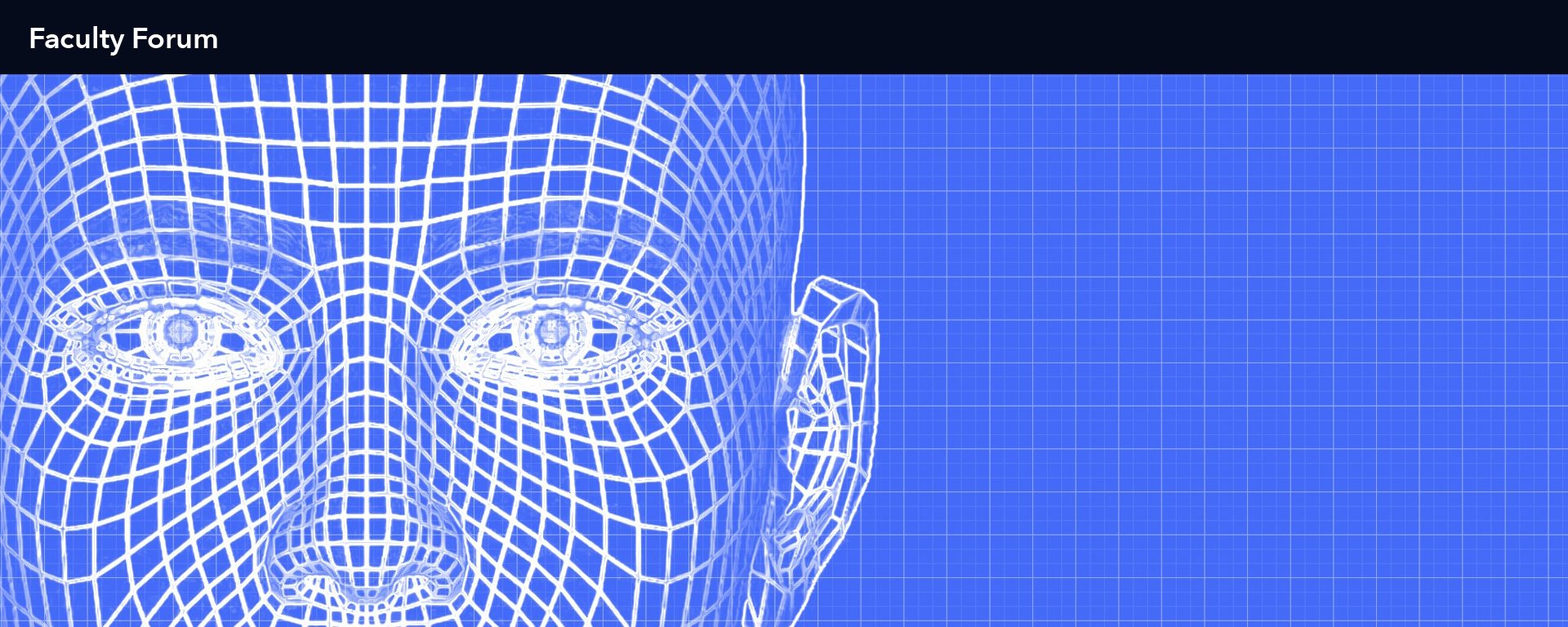Hey, 60 Minutes…It’s Our Turn!
Universal Design gets primetime focus
by Paula Dowd, Department Chair, Health and Natural Sciences
On Sunday evenings, I like to wind down before the start of the workweek by watching 60 Minutes. I enjoy the segments because I somehow always feel connected to the speaker or the content being presented. When I tuned in on January 13, I saw the lead-in for a particular segment on Universal Design. I turned up the volume, told my dog to stop begging, and gave the show my total attention.
Universal Design is a concept grounded in the principles and practices of architecture, specifically, making buildings, products, and environments accessible to all people, regardless of age, disability, or other challenges. The 60 Minutes story profiled Chris Downey, a successful architect who lost his sight following surgery for a brain tumor.
Unwilling to be defined by his blindness (even when advised by a social worker to seek “career alternatives”), Downey was back at work 30 days after surgery. Informed by his new experiences, he developed a special niche by designing accessible spaces for the blind, including an eye center at Duke University Hospital and the Transbay Transit Center in San Francisco. Through Universal Design, Downey has been able to successfully navigate his life and career — and to help others with challenges do the same.
What caught my attention with 60 Minutes is that Universal Design is a growing and important movement in education as well. Universal Design for Learning (UDL) is a framework grounded in research in the learning sciences, including cognitive neuroscience, that guides the development of flexible learning environments that can accommodate individual learning differences. Recognizing that the way individuals learn can be unique, the UDL framework calls for creating curriculum from the outset that provides:
- Multiple means of representation to give learners various ways of acquiring information and knowledge,
- Multiple means of expression to provide learners alternatives for demonstrating what they know, and
- Multiple means of engagement to tap into learners’ interests, challenge them appropriately, and motivate them to learn.
At Goodwin College, my colleagues and I have embraced the principles of UDL and incorporated them into our practices of teaching and learning. Since 2016, faculty members have been participating in workshops that focus on instructional strategies to reach all types of learners by engaging them through a variety of active learning techniques. These include practical, hands-on, and reflective activities in science, Health Science (Occupational Therapy Assistant, Histology, Vision Care) and General Education. These courses are engaging students more fully in the classroom and making learning content more meaningful. In 2018, Goodwin hosted the first, national, college-level UDL conference.
The morning following the 60 Minutes broadcast, I had breakfast with my 23-year-old son. The conversation came around to courses he had taken in college, how he was taught, and what stayed with him most. He shared that he was most engaged in courses where he had to reflect, give feedback to his peers, and engage in meaningful discourse. What he doesn’t remember is the “talk and chalk” lectures. I knew this was UDL at work!
What a pleasure to start my week pondering the parallels of Universal Design in both architecture and education! By meeting people where they are and being brave enough to “try another way,” Universal Design inspires individuals to live — and learn — in deeper, richer ways.
Note to 60 Minutes: if you happen to read this, come check out what we’re up to at Goodwin College!
Watch 60 Minutes segment on architect Chris Downey.
Universal Design for learning is incorporated in academic programs through Goodwin College. For a list of majors and access to their webpages, click here.
Paula Dowd, Ed.D is the Department Chair for Health and Natural Sciences. She started at Goodwin College 13 years ago as an adjunct professor to the department, then served as Program Director for Health Science before becoming Chair. One of her areas of interest is in the instructional strategies faculty use to engage and promote student learning in the classroom. As such, she has been a participant as well as a presenter in this content area numerous times. In her down time, Dr. Dowd enjoys spending time with family and friends, gardening, and hiking (but only if the temperature is between 40 and 70 degrees!).
Goodwin University is a nonprofit institution of higher education and is accredited by the New England Commission of Higher Education (NECHE), formerly known as the New England Association of Schools and Colleges (NEASC). Goodwin University was founded in 1999, with the goal of serving a diverse student population with career-focused degree programs that lead to strong employment outcomes.

